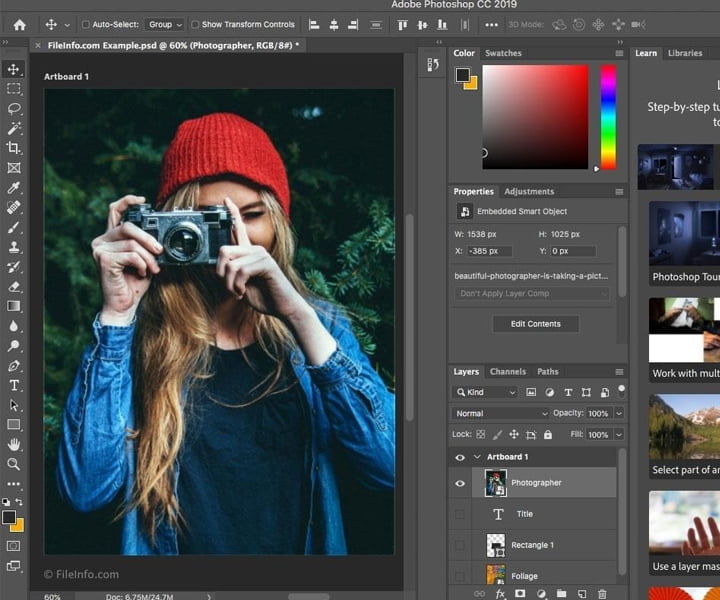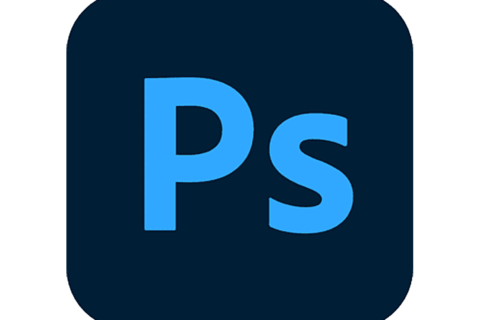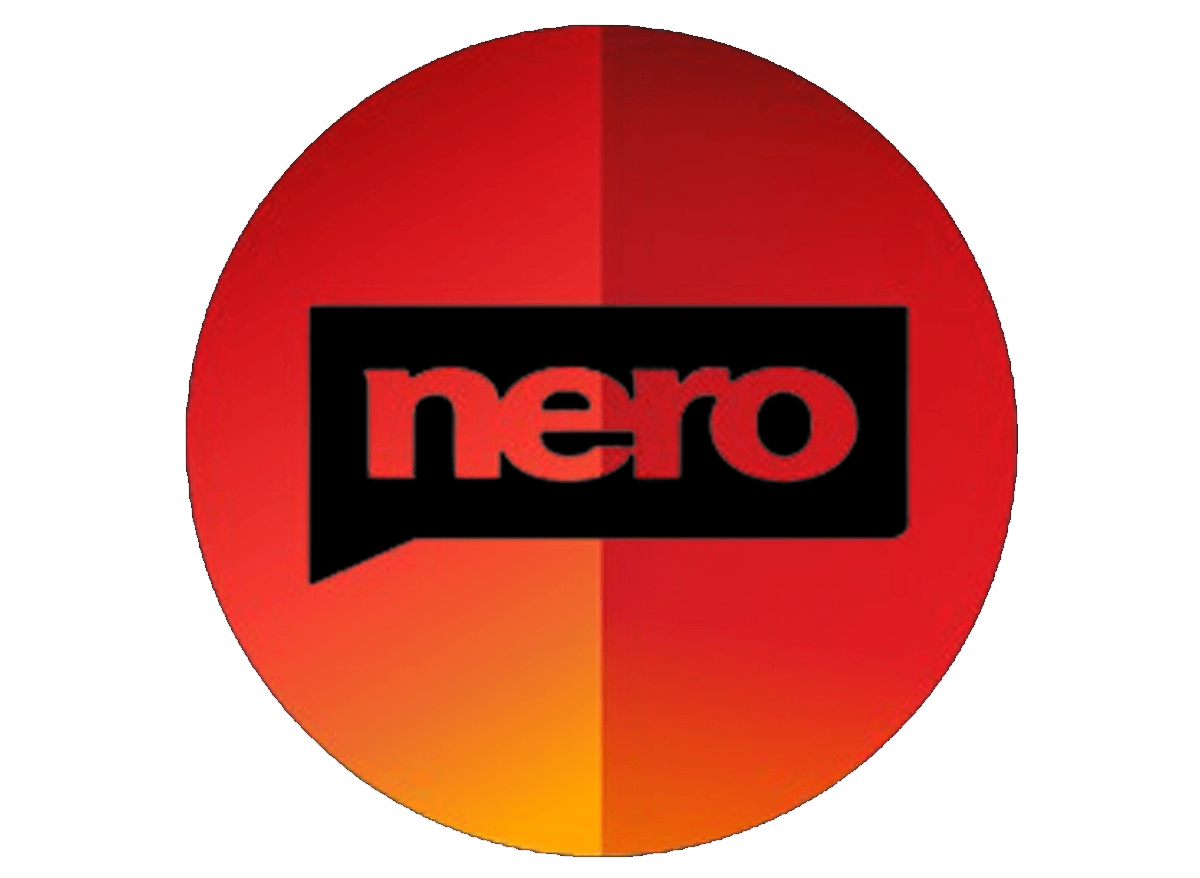Adobe Photoshop is the industry-leading software for digital image editing, widely recognized for its comprehensive tools and extensive capabilities. Since its inception in 1988, Photoshop has established itself as the go-to application for photographers, graphic designers, and artists, providing unparalleled versatility and power in image manipulation and creation. This article will explore the features, benefits, and practical applications of Adobe Photoshop, showcasing why it remains an essential tool in the creative industry.
Overview of Adobe Photoshop
Adobe Photoshop is a powerful image editing software developed by Adobe Inc. It revolutionized digital imaging by allowing users to manipulate images in countless ways, from basic adjustments to complex compositions. Initially aimed at photographers, Photoshop has since expanded its offerings, becoming indispensable for various creative professionals—from marketing specialists to web designers.
Key Features of Adobe Photoshop
- Advanced Editing Tools: Photoshop features a wide array of editing tools designed for precision and control. These include options for retouching, cropping, resizing, and color correction, all of which enable users to enhance their images significantly.
- Layers and Masks: One of Photoshop’s signature features is its layering system, which allows users to work with multiple elements independently. Masks enable effective blending, allowing users to hide or reveal parts of layers, facilitating complex compositions.
- Selection Tools: Photoshop offers powerful selection tools, including the Magic Wand, Lasso, and Quick Selection tools, which help users isolate specific areas of an image for selective editing. This functionality is crucial for precise adjustments and detailed work.
- Filters and Effects: With an extensive range of filters and effects, users can easily add artistic touches to their images. From blurs and distortions to artistic filters, these features empower creative expression.
- Text and Vector Design: Photoshop integrates text tools that allow users to add typography to their designs easily. The software also supports vector graphics, enabling designers to create scalable designs without loss of quality.
- Integration with Creative Cloud: As part of Adobe’s Creative Cloud suite, Photoshop seamlessly integrates with other Adobe applications like Illustrator and Lightroom. This interoperability allows users to establish a holistic workflow for their creative projects.
Benefits of Using Adobe Photoshop
- Creativity Unleashed: Photoshop offers users limitless creative possibilities. Whether you’re a professional photographer or a hobbyist, the software allows for the exploration and realization of unique artistic visions.
- Professional-Grade Outputs: Users can create high-quality images that meet professional standards. Photoshop is the preferred choice for publishing, marketing, and advertising due to its powerful editing capabilities.
- Continuous Innovation: Adobe frequently updates Photoshop, adding new features and tools that adapt to industry trends and user demands. This commitment to innovation ensures that users have access to the latest technology in digital imaging.
- Extensive Learning Resources: Due to its popularity, there is a wealth of tutorials, forums, and resources available for learning Photoshop. Community support and extensive documentation make it easier for users to acquire skills and find solutions.
Practical Applications of Adobe Photoshop
- Photography: Professional photographers use Photoshop for retouching, color correction, and compositing images. The software allows them to create stunning, polished photographs suitable for print or digital formats.
- Graphic Design: Graphic designers rely on Photoshop for creating marketing materials, brochures, and social media graphics. The ability to manipulate text, images, and shapes makes it a versatile tool for design projects.
- Web Design: In web design, Photoshop is often used to create layouts and mockups, allowing designers to visualize how a website will look before implementation. The integration with web development tools enhances this workflow.
- Digital Art and Illustration: Artists utilize Photoshop to paint and illustrate digitally, offering a range of brushes and textures that mimic traditional techniques. This flexibility has made Photoshop a favorite among digital illustrators.
System Requirements
To run Adobe Photoshop efficiently, users must meet specific system requirements:
- Operating System: Windows 10 or later; macOS X 10.14 or later.
- RAM: Minimum 8 GB (16 GB recommended for better performance).
- Processor: Intel or AMD processor with 64-bit support; 2 GHz or faster.
- Graphics Card: GPU with OpenGL 2.0 support.
- Disk Space: At least 4 GB available space for installation; additional space may be required for disk cache.
User Experience and Community Feedback
Adobe Photoshop consistently receives high praise from users for its comprehensive features and professional results. Photographers and designers value its versatility, while digital artists appreciate the expansive toolkit for creating unique artwork. However, some users note a learning curve, especially for those new to image editing. Thankfully, the availability of online tutorials and resources mitigates this challenge, assisting users in building their skills efficiently.
Future Developments
As technology advances and user needs evolve, Adobe continues to develop Photoshop, introducing innovative features and improvements. Future updates may focus on enhanced artificial intelligence capabilities for even smarter image editing, improved cloud integration for collaborative projects, and greater support for emerging technologies like augmented and virtual reality.
Conclusion
Adobe Photoshop remains the preeminent image editing software, providing users with unparalleled tools and functionality for creative expression. Its extensive features cater to various applications—from photography to graphic design—ensuring that it meets the needs of professionals and hobbyists alike. By continuously evolving and adapting to technological advancements, Adobe guarantees that Photoshop will remain at the forefront of digital editing for years to come. Whether for restoring a cherished photograph or crafting a striking design, Adobe Photoshop offers the tools needed to elevate any creative project. more software




































